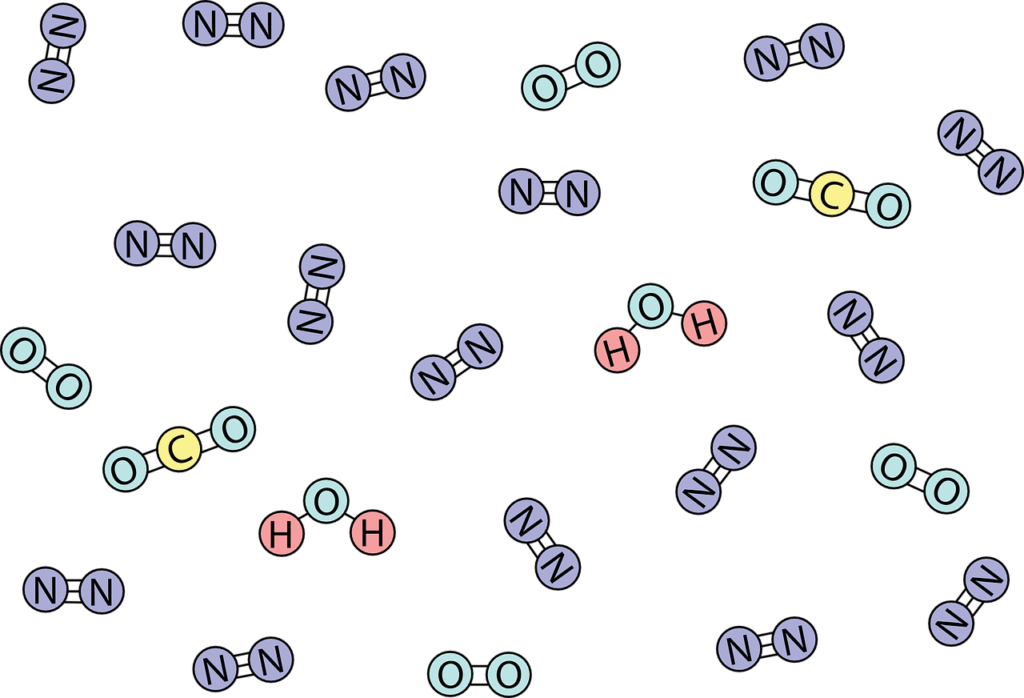Matter and its Composition
- Definition of matter
- Matter has mass and occupies space – Explanation
- Composition of matter – brief introduction
Physical and Chemical Changes
- Physical and chemical changes
- Chemical change – formation of a new product with new properties
- Differentiating between physical and chemical change
- Classification as physical & chemical change
- Types of change involved when there is a change of state of matter
- Types of change involved when there is a change in energy
Elements, Compounds and Mixtures
- Identification of elements, and compounds from representation of their symbols and formulae.
- Mixtures and compounds: difference between mixtures and compounds on the basis of the chemical composition of constituents.
- Recall that a mixture is formed when two or more substances are mixed in any proportion such that their particles are in intimate contact with one another without undergoing a chemical change.
- Types of mixtures
- Separation techniques
- Examine the principle behind each separation technique.
Atomic Structure
- An atom is the smallest particle of an element.
- It is not capable of independent existence.
- The properties of an element depend upon the atoms constituting it.
- A molecule is the smallest particle of an element or compound, capable of independent existence. It consists of one or more than one atom of the same or different elements.
- A radical is a single atom of an element or a group of atoms of different elements behaving as single charged unit.
- Atomicity (no. of atoms in an entity) of elements and compounds – mono atomic, di atomic, tri atomic, polyatomic.
- Associate the first 20 elements in the periodic table with their names and symbols
- Valency is the combining capacity of an element or the number of hydrogen atoms with which it combines or replaces.
Language of Chemistry
Chemical reactions
- A chemical reaction may take place when two or more reactants come in contact with one another and transfer of energy takes place.
- Characteristics of occurrence of a chemical reaction:
Change of:
– Colour
– State
– Smell
– Evolution of gas
– Precipitate formed
– Heat evolved / released - Chemical Equations:
– Writing word equations for chemical reactions and emphasize on the observational skills and the names of products formed.
– Some examples of word equations for practice.
Metals and Non-Metals
- Properties
- Distinguish between metals and non-metals with the general properties (lustre, conduction of electricity, heat, malleability, ductility, sonority, melting point, boiling point, density, strength.)
- Classification of elements as metals & non-metals.
- Corrosion of iron (rusting); ways to prevent rusting (oiling, painting, chrome plating, galvanization, tinning) (avoiding contact with air and water vapour).
- Uses of certain metals (iron, gold, copper, aluminium, zinc, lead, magnesium).
Air and Atmosphere
- Air a mixture of gases.
- Composition of air and uses of its components.
- Oxygen is needed for combustion.
- Mass change during burning (burning of magnesium and candle).
- Word equations for reactions of metals and non-metals (S, C, P, Na, K, Ca, Mg) with O.
- Products formed in acid rain; effects of acid rain.

